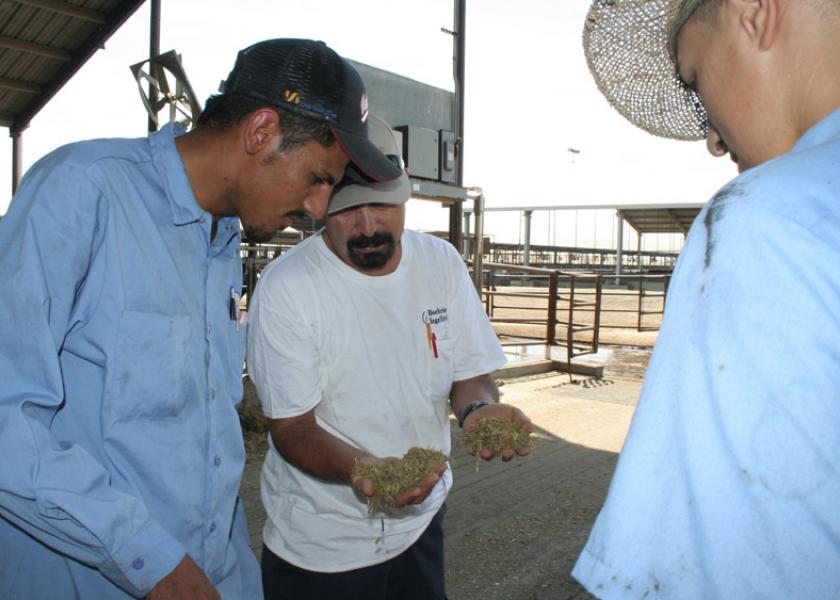Looking for Hired Help? Farm and Ranch Labor is Changing, Here’s What You Need to Know

What’s one of the most limiting factors on any ag operation? Labor.
“Even before the pandemic, the meat and dairy industries struggled to hire enough workers,” the American Immigration Council (AIC) reports in a recent study. Additionally, the current national labor shortage has worsened the problem, increasing the prices of meat and dairy products between 4.5 to 7 percent.
Unfortunately, there doesn’t seem to be an end in sight.
AIC says the current labor shortage is a result of two factors:
1. Increase in retirements, as the baby boom generation reaches retirement age
2. COVID-19 pandemic
In response to these factors, the ag industry faces many changes within the workforce.
Increased Wages
In addition to finding help, having the resources to pay the ‘going rate’ for employees brings its own challenges.
“From 2019 to 2022, the median advertised online wage for meat and dairy industry workers increased 33.7%, from $14.95 to $20.00 per hour,” AIC reports. “This far outpaces the U.S. median wage which increased from $20.11 to $21.51 per hour, or 7.4% during the same period.”
Considering this average pay increase of $5.05 per hour—the average full-time employee in the U.S. works 2,080 hours per year—an employer can expect to pay an additional $10,500 more per employee per year compared to 2019.
For meat and dairy truck drivers, advertised wages have increased by nearly 40% due to high demand.
H-2A and H-2B Options
To help mitigate these rising labor costs and tap an additional labor pool, many ag operations have increased their use of H-2A and H-2B visas to hire foreign workers for seasonal labor.
AIC describes the visas and their purpose:
• H-2A visa, for temporary agricultural workers, is used to hire workers to carry out tasks like tending to livestock or maintaining the machinery and buildings on the farm
• H-2B visa, for temporary non-agricultural workers, is used to hire workers to do things like butcher meat or inspect and clean all cuts of meat and machinery
In 2021, AIC reports, meat and dairy employers:
• Requested a combined total of 34,245 H-2A and H-2B workers
• Received certification on 32,071 of those requests, at 93.7% certification rate
If you are considering a H-2A worker for your operation, the USDA provides information and resources to start the process.
A Shift in Demographic
Of the more than 90,000 livestock workers, one in five, or 20%, are foreign-born. This is a significantly higher percentage than the national share of foreign-born workers for all industries combined, which is 17.4 percent, AIC reports.
Additionally, more than one in four transportation workers in the meat industry are foreign-born (26%), which is a higher share than that of all transportation workers combined (19.1%), AIC notes.
As farmers, ranchers and other ag workers continue to reach retirement age, this increase in foreign-born workers will likely continue to help fill the labor needs in ag.
Read More:
International Labor Shapes Rural America: Education
International Labor Shapes Rural America: Revitalization of Main Street
International Labor Shapes Rural America: Power of Unique Perspectives
International Labor Shapes Rural America: Develop an International Recruiting Pipeline







